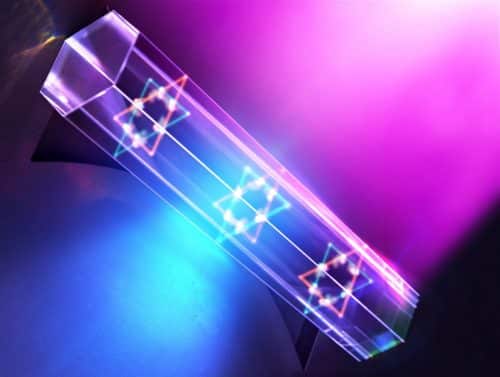The new laser system could lead to the development of single microcavity laser systems that require lower threshold energy as its energy loss increases.
A team at KAIST, led by physicist Yong-Hoon Cho have designed a laser system that could lead to the development of high efficiency, low threshold lasers for future quantum optical devices. The system design leads to the generation of a polariton laser at room temperature, which is astonishing because this usually requires cryogenic temperatures.

Their findings, published in the journal Nature Photonics, could lead to a single microcavity laser system that requires lower threshold energy as its energy loss increases. Another unique finding of this design was the reduced requirement of energy required to induce lasing, whenever the system energy-loss increased. Well, this is some really counter-intuitive feature of this design.
“This new laser system applies a concept of quantum physics known as parity-time reversal symmetry,” explains Professor Cho. “This is an important platform that allows energy loss to be used as gain. It can be used to reduce laser threshold energy for classical optical devices and sensors, as well as quantum devices and controlling the direction of light.”
Design and Materials
According to the team, the key element is the design and materials used. It includes a hexagonal microcavity that divides light particles into two different modes. One, that passes through the upward-facing triangle of the hexagon and another that passes through its downward-facing triangle. Both modes of light particles don’t interact with each other but have the same energy and path. Other particles called excitons, however, interact with the light particles. These excitons made up of semiconductors are provided by the hexagonal microcavity.
The researchers explain that this interaction leads to the generation of new quantum particles called polaritons that then interact with each other to generate the polariton laser. By carefully selecting the semiconductor substrate and controlling the degree of loss between the microcavity and the substrate, they observed a fascinating phenomenon in which the threshold energy became smaller as energy loss increased.






